What happens when a company’s brand isn’t aligned with its culture? Generally speaking, the outcome is less than optimal. Sure, the world is loaded with brands that say one thing but are run by people who do another. As consumers, we know what that’s like, and it’s the source of a lot of frustration. This month, we’re starting a discussion about the impact a company’s culture has on its brand — for better or for worse. We’ll start with worse and work back to the good stuff in the next two installments of this three-part blog series.
When culture hits you cold.
Orit Gadiesh pulls no punches. The Chairman of Bain & Company is an imposing intellectual whose command of both logic and emotion is paired with a matching command of any stage where she’s a featured speaker. Her resume includes a psychology degree from Harvard, an MBA from Brown, a faculty position at The Hebrew University’s Jerusalem Institute of Management, and service in the Israeli Army. She’s appeared on Forbes list of the world’s most powerful women four times. She’s also one of the world’s foremost authorities on corporate change.
People pay attention to what Gadiesh has to say, and when she told a room full of CEOs who they should blame when a warm meal is served cold, they listened carefully. We’ve all had a poorly prepared meal at a restaurant, she explained. The impulsive response is to blame the servers or the kitchen staff and, while that may not be entirely wrong, it’s not entirely right, either. Blaming the staff misses a much larger and far more important point, she told them.
Ultimately, Gadiesh intoned, it is the restaurant’s culture that informs the behavior of the staff.
Something about the culture of the restaurant tells the waiter, who no doubt knows when a dish is poorly prepared, to serve it to the customer rather than push back on the kitchen to get it right. It’s the restaurant’s culture that signals what is acceptable and unacceptable behavior, either overtly or more often through things left unsaid. What’s more, the restaurant’s culture — like that of any organization’s — is a direct reflection of its leadership. The values of leaders are communicated by their behavior and transmitted through relationships. Intentional or otherwise, the way leaders lead tells a group all it needs to know about how to behave.
When a restaurant serves a warm meal cold, more often than not it’s no simple mistake. Instead, it’s the restaurant’s unmistakable culture that allowed it to happen at all, and the restaurant’s leader is responsible for shaping that culture.







